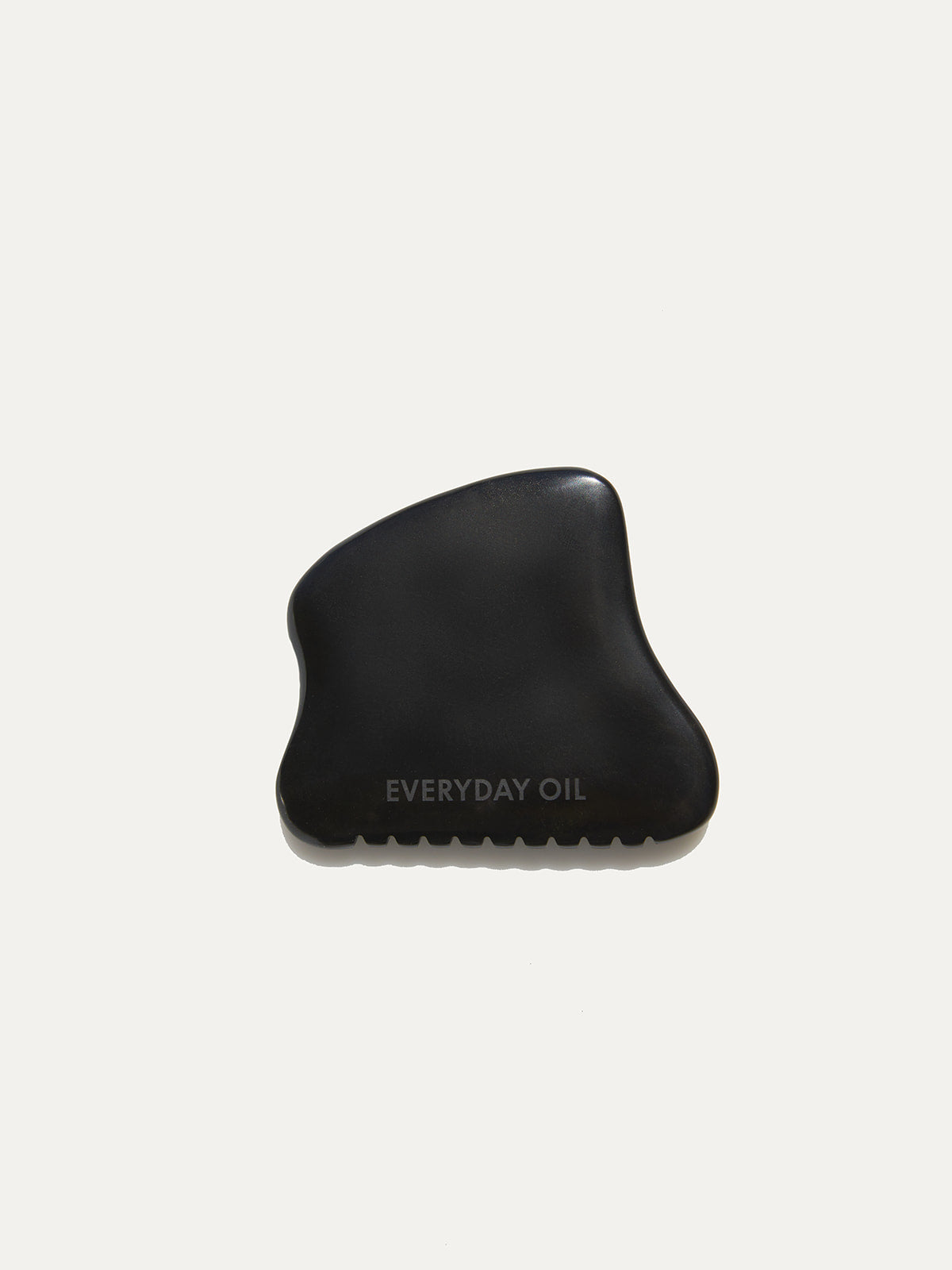
There have been some interesting developments in the world of rosacea, and we think they are exciting because they offer the potential to resolve some cases of rosacea by addressing a root cause. Buckle up, it’s a little rocky.
After living on Earth for some time, most of us human adults have some Demodex mites on our skin. We aren’t born with them, but most of us acquire some along the way. Demodex are a family of microscopic mites that live in the sebaceous glands and hair follicles of mammals. It is quite the unpleasant thought, but they don’t generally cause any problems given they don’t overpopulate. If they reach higher concentrations in our skin, the bacteria released causes a skin reaction. This can be rough, scaly, dry skin or a rash; sometimes with pustules. Demodex mite infestations can sometimes be confused with acne and rosacea, and can live on the eyelashes as well, causing an infection called Blepharitis. The mites have a 14 day life cycle, so generally these rashes or reactions mimic the two week life cycle of the mites. In the last few years, dermatologists are starting to attribute these mites as being the cause or a contributing factor to many cases of rosacea. Research shows that 35-50% of people diagnosed with rosacea have a much higher concentration of Demodex mites on their skin. What was once considered an incurable condition, now has an identifiable and treatable root cause in some cases. By killing the mites with a simple prescription cream (Soolantra is a common and effective treatment) the mites and by extension “rosacea” symptoms can be resolved completely in many cases. The causes of Demodex overpopulation are not well understood, but researchers believe that there could be some link with hormones, the immune system, an imbalance in the microbiome of the skin and/or compromised skin barriers.
If you have diagnosed rosacea or acne, a rash on your face, or itchy, scaly, or red skin, you may want to book an appointment with a board-certified dermatologist. They can do a simple skin scraping and quickly identify if there is a high concentration of Demodex by examining the sample under a microscope. Unfortunately, as this is a relatively new development, not all dermatologists have been trained in the detection and treatment of Demodex mites, so if this is the case you may have to seek out treatment from a dermatologist who is.
Treating Demodex may take different paths depending on how severe the case is, but for some they can resolve quite quickly within days of using the prescription cream, and for others they may go through some worsening symptoms as the cream kills the mites and the bacteria the mites release causes the rash to worsen temporarily before resolving.
We realize this may be difficult news to digest, but don’t panic. This could be very good news as it offers the potential to resolve these issues at the root. As always, we wish you all the best and healthy, happy skin.
A friendly disclaimer: The material contained in this journal is for informational purposes only and is not intended to be a substitute for professional medical advice, diagnosis or treatment. Always seek the advice of your dermatologist, physician or other qualified health care provider with any questions you may have regarding a medical condition or treatment and before undertaking a new health care regimen.
SOURCES:
https://www.ncbi.nlm.nih.gov/pmc/articles/PMC7649190/
https://www.rosacea.org/patients/causes-of-rosacea/demodex-mites-and-microbes
https://www.ncbi.nlm.nih.gov/pmc/articles/PMC6452096/
https://www.rosacea.org/rosacea-review/2012/summer/chicken-or-egg-debate-continues
https://www.sciencedirect.com/topics/agricultural-and-biological-sciences/demodex-folliculorum

